Anxiety is a normal part of being human. But for some kids and teens, worries, intrusive thoughts, or the urge to avoid things that feel scary or uncomfortable can start to take over. These experiences are common in conditions like generalized anxiety, social anxiety, and OCD, all of which can take a real toll on everyday life.
Acceptance and Commitment Therapy (ACT, pronounced like the word “act”) is a powerful, evidence-based approach that helps kids, teens, and young adults change their relationship with anxiety and OCD – not by getting rid of anxious thoughts or feelings, but by learning how to respond to them in a more flexible, values-based way. ACT helps people build a life that’s driven by what truly matters to them, instead of what anxiety tries to control.
What is ACT?
ACT is a type of cognitive behavioral therapy (CBT) that combines mindfulness skills, values clarification, and behavior change strategies. The goal isn’t to stop anxious or obsessive thoughts – it’s to help people stop spending time and energy wrestling with them. ACT teaches us that we don’t need to believe or obey every thought our brain throws at us, especially the ones that tell us to avoid, escape, or stay stuck.
Instead, ACT helps kids and teens develop psychological flexibility – the ability to notice thoughts and feelings in the moment, allow them to be present, and choose actions that help them move toward the life they want. It also helps kids and teens shift their day-to-day behaviors. Where fear and anxiety might try to lead them to avoid or do a compulsion, ACT helps them choose behaviors that are aligned with their values and what matters to them.
The Six Core Processes of ACT
ACT helps young people build psychological flexibility through six key skills:
- Cognitive Defusion: Learning to step back from unhelpful thoughts and see them for what they are – just thoughts, not facts.
- Acceptance: Making room for uncomfortable feelings and sensations instead of fighting or avoiding them.
- Present-Moment Awareness: Using mindfulness to stay grounded and focused on what’s happening right now, instead of dwelling on the past or worrying about the future.
- Self-as-Context: Understanding that we are more than just our thoughts and feelings – we experience them, but they don’t define us.
- Values Clarification: Identifying what truly matters to us, like connection, growth, or kindness, and using those values to guide decisions.
- Committed Action: Taking steps toward a meaningful life, even when anxiety or discomfort is present.
Why ACT Works for Youth with Anxiety and OCD
Anxiety disorders and OCD are maintained by experiential avoidance – efforts to escape or control unwanted internal experiences. For example, a teen with OCD may engage in rituals to reduce distress, while a child with social anxiety may avoid participation in a group project to escape perceived judgment from peers. These short-term coping strategies may provide temporary relief in the moment, but they also strengthen anxiety and OCD symptoms in the long-term.
ACT offers a different path: rather than fighting anxiety and obsessive thoughts, clients learn to make space for them. Through structured, developmentally appropriate exercises and metaphors, children and adolescents build the ability to observe their internal experiences and choose behaviors that support their long-term goals. This is particularly effective when integrated with exposure therapy, the gold-standard treatment for anxiety and OCD, as ACT provides a framework for making values-driven choices to try hard things while tolerating uncertainty and discomfort during exposures.
Putting It All Together: ACT and Exposures as a Powerful Pair
When it comes to helping kids and teens manage anxiety and OCD, ACT and exposure-based interventions work hand in hand. ACT lays the foundation by helping young people build psychological flexibility – the skills to unhook from anxious thoughts, make space for discomfort, and take action guided by their values. Exposure therapy provides the structured opportunities to practice those skills in real life, facing fears instead of avoiding them. Together, ACT and exposures empower kids and families to move toward a life that’s not dictated by anxiety or OCD, but instead is shaped by courage, connection, and meaning.


